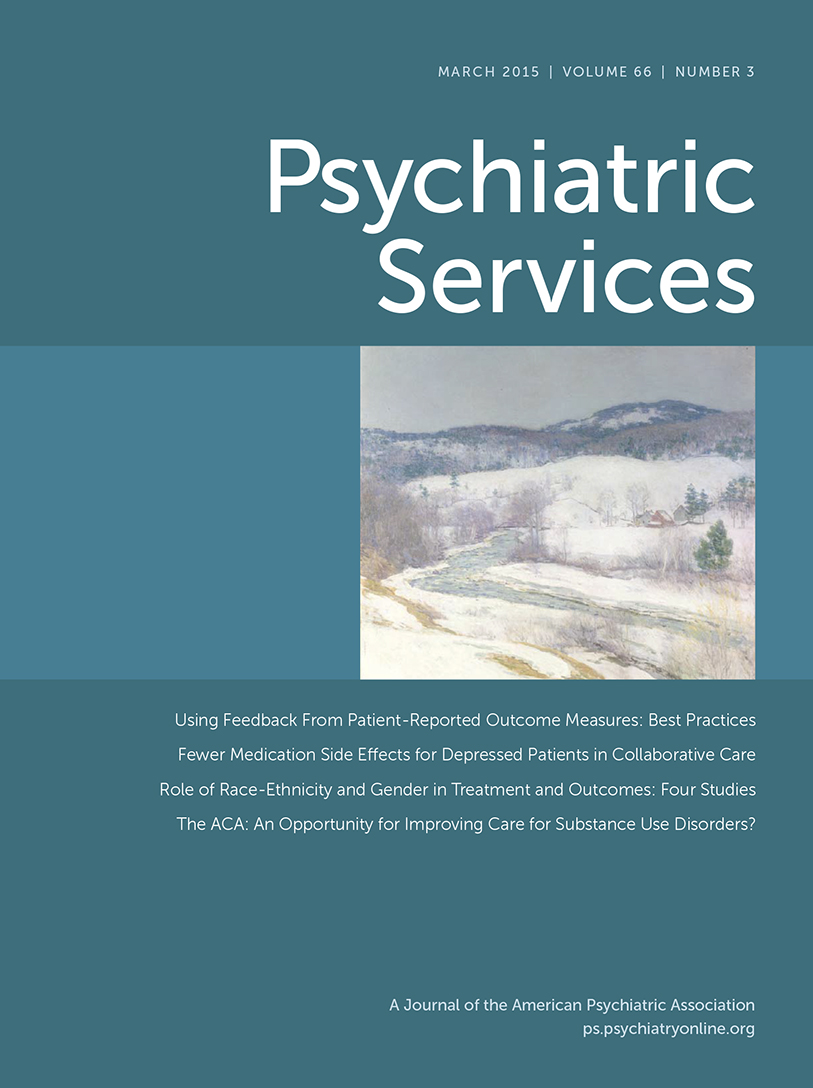Schizophrenia-Related Disability in China: Prevalence, Gender, and Geographic Location
Abstract
Objective:
This study estimated the prevalence of schizophrenia-related disability in the Chinese population and explored factors that may contribute to differences in prevalence rates between women and men and across geographic regions.
Methods:
Data for 1,909,205 noninstitutionalized adults (age 18 and older) from a representative national sample were obtained from the Second China National Sample Survey on Disabilities in 2006 (participation rate of 99.8%). The sample was first screened for disability (activities of daily living and social participation adversely affected by the disorder) via in-person household interviews. Trained clinical psychiatrists then administered the ICD-10 Symptom Checklist for Mental Disorders and the World Health Organization Disability Assessment Schedule Version II to all individuals who screened positive for a psychiatric disability.
Results:
The prevalence of schizophrenia disability was .41% in China. It was higher in rural areas (.45%) than in urban areas (.32%). In rural areas, the prevalence was higher among women than among men (.51% versus .38%), but in urban areas, the rates were similar for women and men (.30% versus .35%). The results of logistic regression analysis showed that after adjustment for variables related to socioeconomic status, the likelihood of having schizophrenia disability was slightly lower among rural residents than among urban residents (odds ratio [OR]=.92, 95% confidence interval [CI]=.86–.98), although the disparity between rural women and rural men remained (OR=1.9, CI=1.78–2.02).
Conclusions:
Socially disadvantaged rural women were disproportionately affected by schizophrenia-related disability. Limited access to health services may have contributed to the increased disease burden among rural women.



